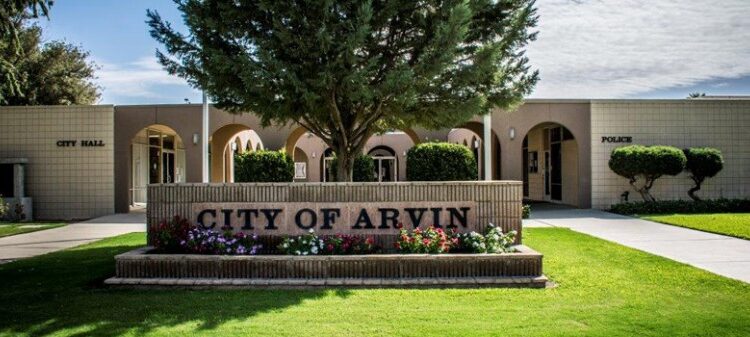
The California Air Resources Board (CARB) has confirmed the Valley Air District’s recommendation of Arvin/Lamont as the next community selected in the San Joaquin Valley to benefit from additional resources provided by Assembly Bill (AB) 617, the Community Air Protection Program.
Since the bill was passed in 2017, the South Kern community has been nominated by organizations and has nominated itself every year to benefit from the program. And now their hard work is paying off.
The AB 617 program, now in its third year of implementation, is designed to improve quality of life for the California’s most disadvantaged communities through community-led efforts to identify and address local air pollution concerns. This program brings more resources to the Valley Air District’s longstanding efforts to develop and implement regulatory and incentive-based clean air strategies throughout the San Joaquin Valley.
“A decade of advocacy in environmental justice finally pays off,” tweeted Gustavo Aguirre Jr., the projects coordinator with Central California Environmental Justice Network. “Of course, this is just the beginning.”
The South Kern community is excited and also relieved that their community has been chosen for this project, Aguirre said.
“There is a sense of joy and a sense of hope,” Aguirre said of the community’s reaction to the news. “Finally, the community’s work is paying off, and they have the ability to participate.”
AB 617 requires the Valley Air District to make recommendation to CARB for their annual consideration of additional communities to implement community air monitoring plans and/or community emissions reduction programs. CARB’s selection of Arvin/Lamont came during last week’s board meeting in Sacramento.
The South Kern community will have to create a Community Steering Committee, which will then create Community Air Monitoring Plan (CAMP) and a Community Emissions Reduction Plan (CERP).
With the CAMP, residents, industry leaders and government officials will be able to identify areas that are in the most need of monitoring. Residents will also have access to real-time data for the first time in about a decade.
“The residents will be able to identify where they believe pollution comes from, whether from the community, industrial site, or traffic,” Aguirre said.
The CERP is a living document of strategies that will accomplish the reduction of pollution in the community. The committee will need to determine sources of pollution and will call on residents to give input on where monitoring needs to take place.
The community of Arvin/Lamont is the fourth community within the San Joaquin Valley to be selected for the program following Shafter, South Central Fresno and Stockton. Shafter received nearly $29 million from the project to improve the environment. Some of the ideas that have come from Shafter meetings include implementing electric charging stations and using electric school buses. Currently, one Shafter school district is looking at the feasibility of installing charging stations for electric buses, according to Aguirre.
The District invites residents, businesses and other community stakeholders from the Arvin/Lamont area to participate in the formation of a community steering committee that will assess community needs and work on a Community Air Monitoring Plan (CAMP) and Community Emissions Reduction Program (CERP) during the upcoming year. For those interested in participating in the committee or future meetings, reach out to Aguirre at gustavo.aguirrejr@ccejn.org.
“We’re very excited to move forward with the formation of a steering committee and for the opportunity to work more closely with the City of Arvin and the community of Lamont to understand their concerns and determine how new clean air resources and strategies can be best applied in the community,” said David Couch, Valley Air District Governing Board member and Kern County Supervisor.
The Valley Air District is a public health agency whose mission is to improve the health and quality of life for all Valley residents through efficient, effective and entrepreneurial air quality management strategies.